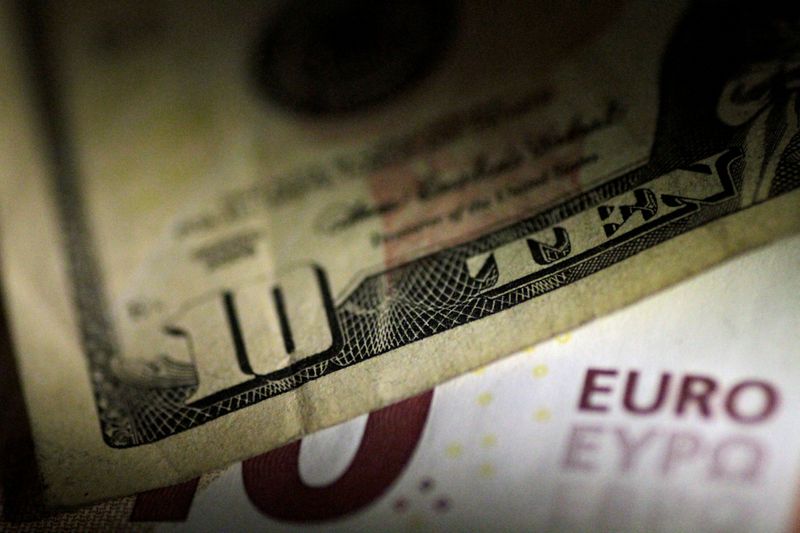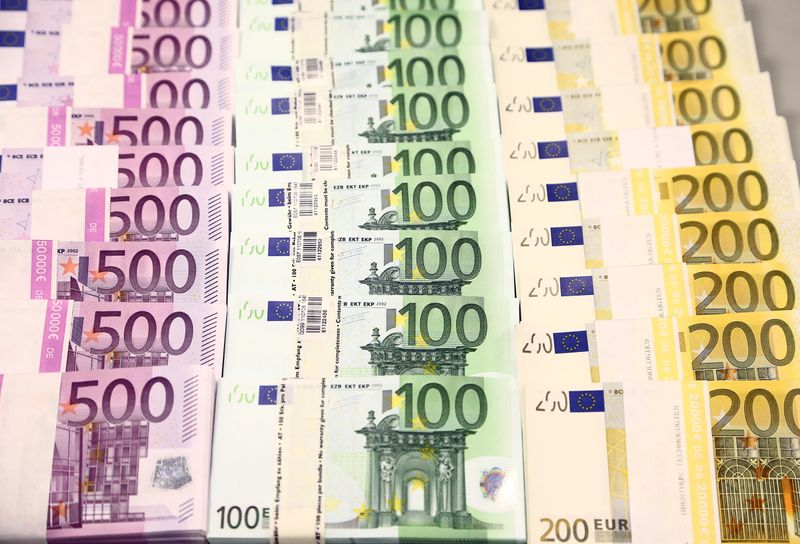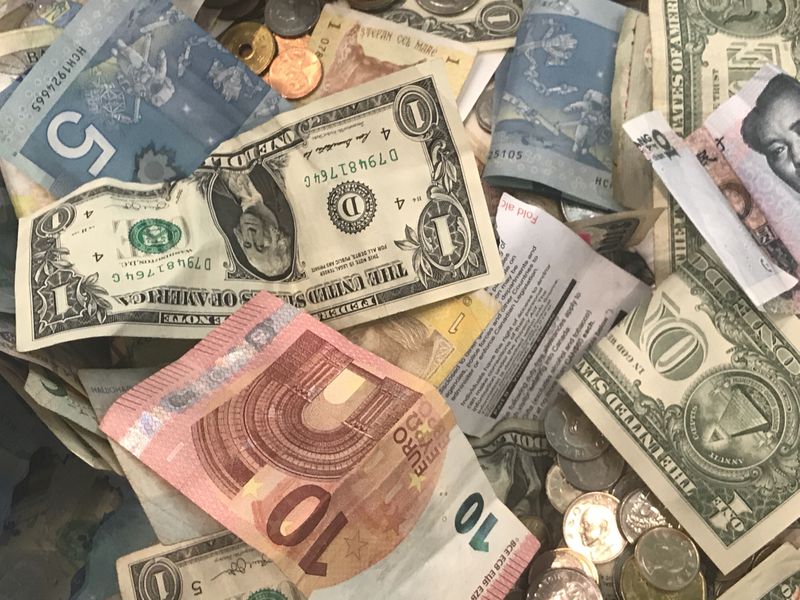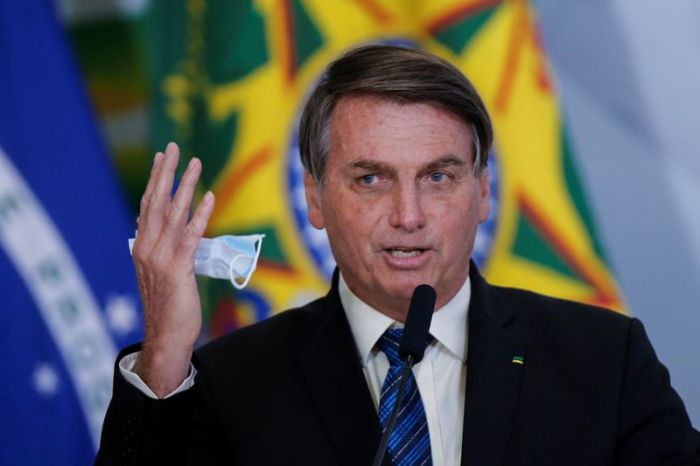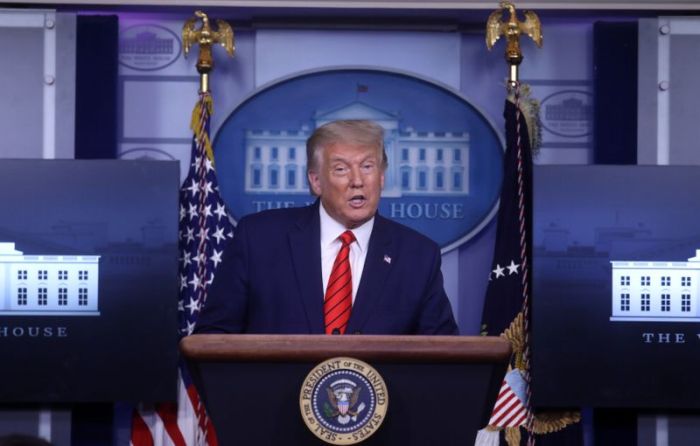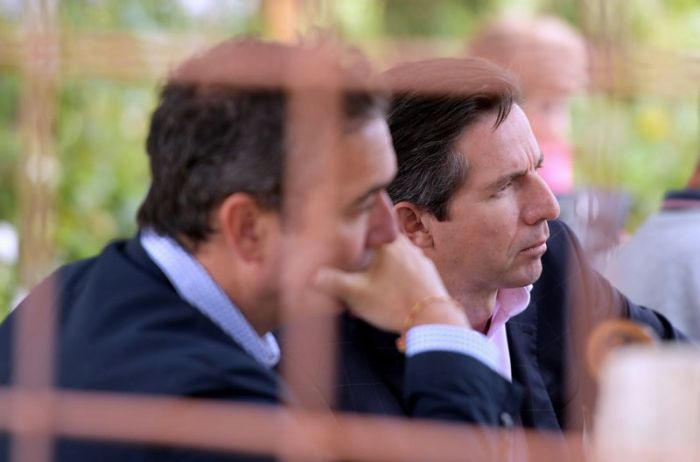NEW YORK (Reuters) – After earlier breaking through the $1.20 mark for the first time since 2018, the euro dipped on Tuesday afternoon as investors took profits, driving the dollar up from a 28-month low.
The euro has risen, and the dollar fallen, since last week when the Federal Reserve announced it would tolerate periods of higher inflation and focus more on employment going forward.
The shift in policy has encouraged traders to sell the dollar, betting U.S. interest rates would stay low for longer. The chief beneficiary of the sell-off has been the euro, which on Tuesday morning rose to $1.2011 <EUR=>, its highest since May 2018.
Having broken through that level, the euro then retreated and was last down 0.26% on the day at $1.1905. The fall was attributed by analysts to profit taking as well as to ongoing technical resistance to the $1.20 level.
Investors will now “look for excuses now to discredit the $1.20 value,” said Juan Perez, senior foreign exchange trader and strategist at Tempus, Inc.
“It really seems like it’s basic resistance to that level.”
The reversal Tuesday afternoon is unlikely to change the broader direction of the euro or dollar index. Fed Governor Lael Brainard in a speech Tuesday said the central bank would need to roll out more stimulus to fulfil the Fed’s new promise of stronger job growth and higher inflation.
U.S. Treasury yields fell following the speech as additional stimulus would likely involve more aggressive bond-buying. The dollar typically falls with interest rates as lower yields on U.S. assets discourage foreign investment.
The dollar index <=USD> was last 0.19% higher at 92.362 after earlier hitting its lowest since April 2018. The dollar is still down roughly 0.55% since Fed Chair Jerome Powell’s speech on Aug. 27.
“What markets are coming to terms with is that there will not be an interest rate incentive (for the dollar) in the near future, which is why you’re seeing the dollar really falling deeply and in a more sustained and consistent way. And why you’re seeing the euro break through,” said Perez.
Elsewhere, the British pound <GBP=> was roughly flat after reaching its highest since December earlier as the dollar fell. The Chinese yuan <CNH=> was modestly stronger against the dollar, last up 0.15% in offshore markets to 6.837.
(Reporting by Kate Duguid in New York and Tommy Wilkes in London; Editing by Richard Chang and Tom Brown)

